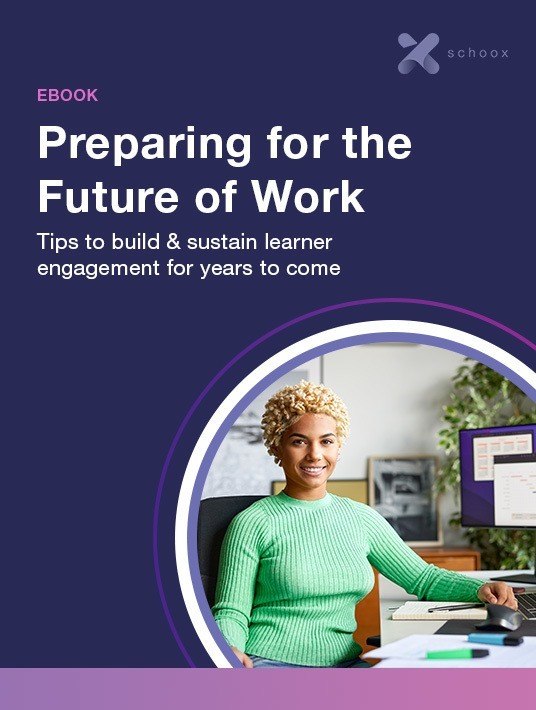Connecting Learning To Real-World Outcomes
L&D teams get so focused on completion rates and test scores, that they lose sight of what was promised to their learners. Let's be honest. How much does a high completion rate matter to them? And while they are the ones providing the NPS scores, learners have no use for them. L&D teams have to provide something more.

Proving L&D Value
After it's all said and done, does the organization know if the program provided value to the learners or the business? In most cases, the answer is no. Organizations often don't have the skills or the tools to properly analyze available data in a way that provides meaningful insights. Yet, L&D must be able to demonstrate the connection between learning and the performance of both individuals and the organization. Unfortunately, this link is usually either poor or non-existent.
However, if we've done a good job of linking learning programs to business outcomes, we should then be able to show the impact learning is having on the business and learners' own performance. Rather than a pat on the back for completing a course — which they should still get — learners need to know that their investment of time and energy is paying off. This requires moving beyond basic reporting and into true measurement.
For those that employ the Kirkpatrick Model of learning measurement, this means focusing on Levels 3 & 4.
- Level 1: The degree to which participants react favorably to the training.
- Level 2: The degree to which participants acquire the intended knowledge, skills, attitudes, confidence, and commitment based on their participation in a training event.
- Level 3: The degree to which participants apply what they learned during training when they are back on the job.
- Level 4: The degree to which targeted outcomes occur as a result of the training event and subsequent reinforcement.
Level 1 is useful information in that it will quickly let the L&D team know if the learning was engaging or not, but it is not useful information for the learner. Similarly, the learners are the ones generating the test scores and assessment results in Level 2, but the impact of those results on engagement is short-lived. What really matters is whether the new skills, knowledge, and behaviors are having an impact on the learners' performance and the goals of the business.
Learning Impact: Show Me The Results
Even organizations with more mature measurement strategies don't necessarily share those measurements with everyone. The main goal behind Level 3 & 4 measurement is to show the business and its leadership the impact of learning and demonstrate the return on investment (ROI). This is not easy to do, and companies have struggled with this kind of measurement for years, but the value of the effort is immense. It positions L&D as much more strategic within the business.
Yet, even with all that, companies often overlook the opportunity to provide learners with their own ROI. If you've done the work of connecting the learning program to business and performance goals up front, why not then demonstrate to the learners the results of their efforts?
Indeed, these metrics have a relatively long tail, and learners are engaged in newer things by the time they're available. But learning is meant to be a continuous environmental state, not a series of linear transactions. Highlighting how their learning activities translate into improved performance and achieving stated business goals will continually build a foundation of engagement moving forward. The L&D team can spend less time explaining the value of each subsequent learning program because the value of all programs becomes inherent.
This becomes the ultimate answer to "What's in it for me?". Yes, recognition is nice. People like certificates of completion, gift cards, and winning contests. Those are all excellent learning engagement tools, but they are immediate and short-term. Treating learners as equal stakeholders in demonstrating the ROI of learning has exponentially more impact and is what will genuinely foster and sustain a culture of learner engagement.
Conclusion
If organizations want to effectively and sustainably engage their learners, they have to be able to confidently and truthfully answer the question, "What's in it for me?". Even the most mundane compliance training program exists for a reason. People need more than "do it or else" as a motivation for learning.
When compared to the state of traditional, disconnected learning environments, it may seem like too much work to transform into an ideal state. But it doesn't—and shouldn't—happen overnight. Incremental steps can be taken every day to build learning as a brand and a culture within the organization. Compelling, interesting content that is delivered easily and seamlessly within a contextual framework of performance and business results is an unbeatable combination.
Download Preparing For The Future Of Work: Tips To Build & Sustain Learner Engagement For Years To Come today to get your employees hooked on professional development and prove your training ROI.








